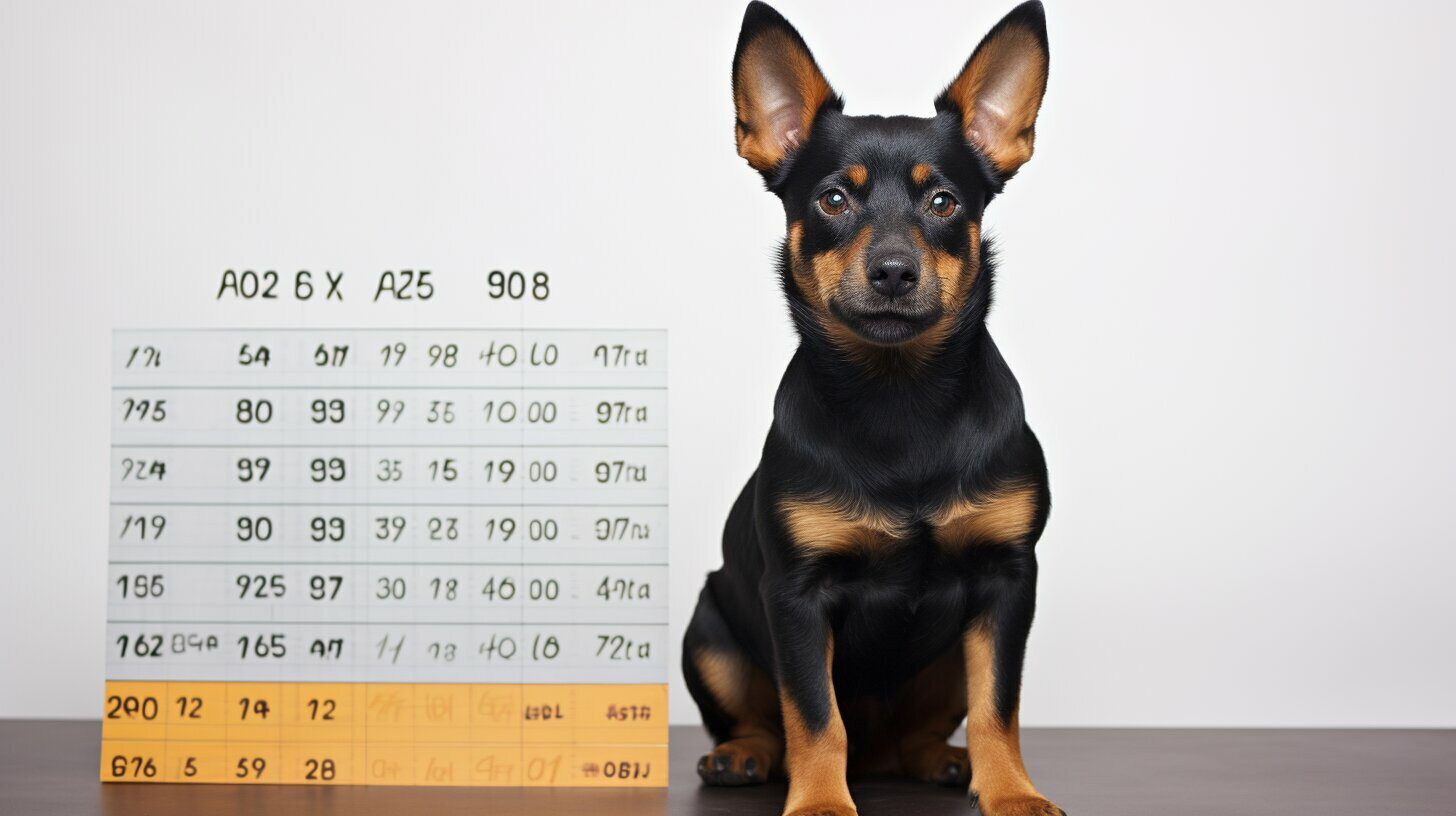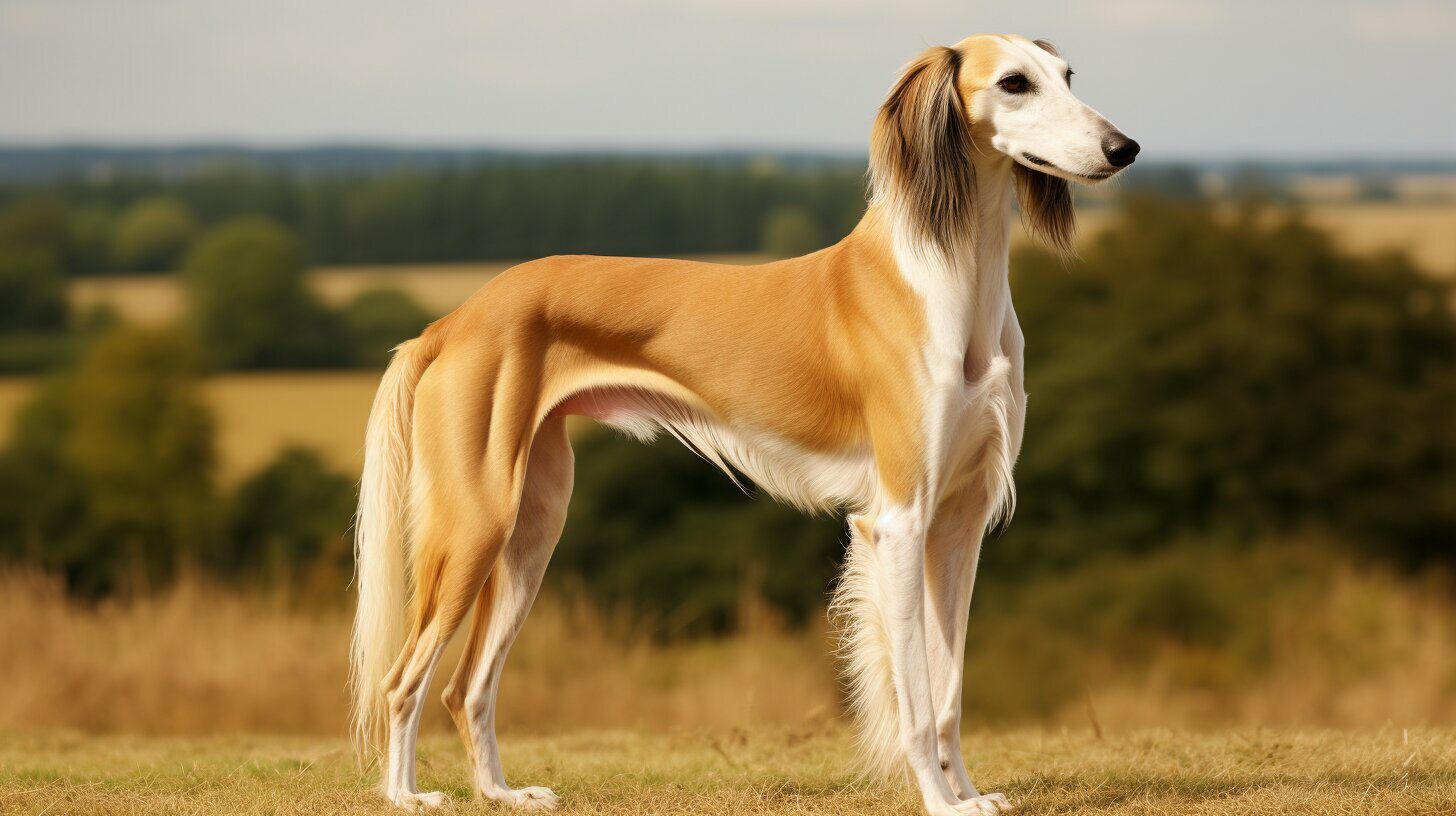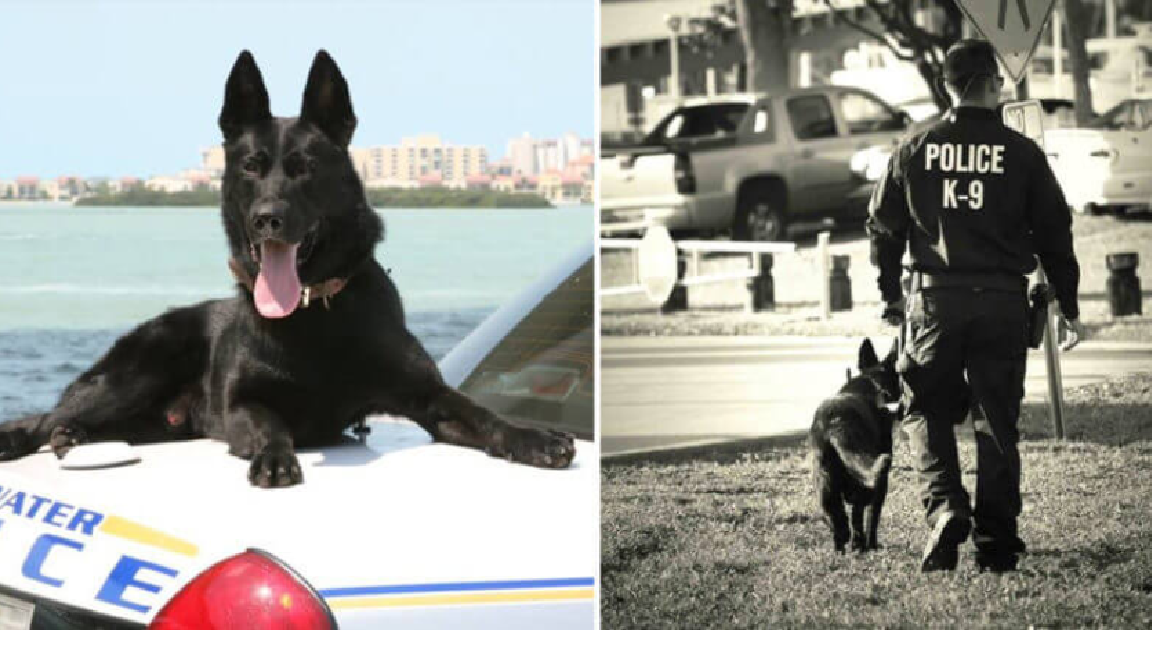
Hello there! Are you considering bringing a Lancashire Heeler into your home? One of the factors you might be curious about is the price. In this Lancashire Heeler Price Guide, I will provide you with all the information you need to know about the cost of owning this adorable breed. Whether you’re interested in purchasing a Lancashire Heeler puppy or adopting one, I’ve got you covered. Let’s dive in!
Lancashire Heeler Price: $1,000 to $1,500
- Adopting a Lancashire Heeler from a shelter or rescue can cost around $300.
- When bringing a Lancashire Heeler home, consider the initial expenses like food, toys, medical care, vaccinations, and supplies, which can add up to approximately $650.
- The cost of owning a Lancashire Heeler includes not only the purchase or adoption fee but also ongoing expenses for their well-being.
- Lancashire Heelers are relatively affordable compared to some other dog breeds, making them an excellent choice for those on a budget.
Temperament and Behavior
Lancashire Heelers are known for their delightful temperament and behavior. They are loving, and loyal, and thrive on human companionship. These little dogs quickly form strong bonds with their owners and are always eager to please. Lancashire Heelers are highly sociable and get along well with other dogs and children, making them excellent family pets.
Although Lancashire Heelers have a generally well-behaved and happy-go-lucky demeanor, they can also display a touch of stubbornness. This is due to their terrier heritage, which brings out their independent streak. Additionally, Lancashire Heelers have limited guarding instincts but may try to assert their dominance over other pets in the household.
To ensure their well-being, Lancashire Heelers require both mental and physical stimulation. They thrive on regular exercise and playtime, which helps prevent boredom and destructive behavior. Lancashire Heelers are not the best choice for homes where they will be left alone for long periods, as they can experience separation anxiety. With the right care, training, and socialization, Lancashire Heelers make fantastic companions.
Socialization Tips for Lancashire Heelers
- Expose them to various people, environments, and situations from an early age to help them become well-rounded and adaptable.
- Enroll them in puppy socialization classes to help them learn proper behavior and interact with other dogs.
- Provide them with plenty of positive reinforcement, rewards, and mental stimulation to keep their minds engaged.
- Introduce them to different types of surfaces, sounds, and experiences to build confidence and prevent fearfulness later in life.
“Lancashire Heelers are loving, loyal, and thrive on human companionship.”
| Traits | Description |
|---|---|
| Loving | Lancashire Heelers form strong bonds with their owners and are affectionate towards their family members. |
| Loyal | These dogs are fiercely loyal and will always stay by their owner’s side. |
| Sociable | Lancashire Heelers enjoy the company of other dogs and get along well with children. |
| Stubborn | Due to their terrier nature, Lancashire Heelers can be a bit stubborn at times, requiring consistent training and patience. |
| Playful | They have a playful and fun-loving nature, always ready for a game or adventure. |
| Independent | Lancashire Heelers have an independent streak and may exhibit some willfulness. |
Origin and History
The Lancashire Heeler, with its rich history and intriguing origins, is a breed that has captured the hearts of dog enthusiasts worldwide. Let’s delve into the captivating tale of the Lancashire Heeler’s journey through time.
The Origins
The exact origin of the Lancashire Heeler remains a mystery, but it is believed to be a crossbreed of the Welsh corgi and Manchester terrier. These intelligent and agile dogs were initially bred in the 17th century to serve as farm dogs, herding cattle, and ridding farms of rats and rabbits. Their compact size and boundless energy made them excellent working companions.
Popularity and Recognition
In the 1970s, the Lancashire Heeler Club was established to preserve and promote the breed. Over time, the Lancashire Heeler gained popularity as a delightful family pet due to its loving nature and adaptability. The breed’s unique characteristics were officially recognized by The Kennel Club in the UK in 1981, solidifying its place in the dog show world.
The Lancashire Heeler’s rich history, from its humble beginnings as a tenacious farm dog to its current status as a beloved companion, showcases its versatility and enduring appeal.
Global Adoption
Today, the Lancashire Heeler has gained a dedicated following around the globe. Its endearing personality, combined with its compact size and playful nature, make it a perfect fit for families of all sizes. Whether they’re herding cattle, catching rats, or snuggling on the couch, Lancashire Heelers continue to bring joy to the lives of their owners.
| Origin | 17th century |
|---|---|
| Breed Recognition | The Kennel Club (UK) – 1981 |
| Popularity | Global |
Dimensions and Grooming
When it comes to size, Lancashire Heelers are considered small dogs. On average, they stand between 10 to 12 inches tall and weigh around 9 to 17 pounds. Despite their small stature, these dogs are known for their sturdy and compact build. Their size makes them adaptable to various living environments, from apartments to larger homes.
In terms of grooming, Lancashire Heelers have a low-maintenance coat. Their weather-resistant fur is short, flat, dense, and hard, which helps to protect them from the elements. This type of coat also minimizes shedding, making it easier to keep your home clean. Regular light brushing is usually sufficient to keep their coat in good condition, and occasional baths can help to keep them smelling fresh.
Aside from coat care, Lancashire Heelers also require regular nail trimming, ear cleaning, and teeth brushing to maintain their overall health. Keeping their nails at an appropriate length is important to prevent discomfort and potential injuries. Cleaning their ears helps prevent infections, while regular teeth brushing supports good oral hygiene and reduces the risk of dental issues.
| Dimensions | Grooming |
|---|---|
| Height: 10-12 inches (25-30 cm) | Low-maintenance coat |
| Weight: 9-17 pounds (4-8 kg) | Regular light brushing |
| Occasional baths | |
| Regular nail trimming, ear cleaning, and teeth brushing |
Lifespan and Health
When considering adding a Lancashire Heeler to your family, it is important to understand their average lifespan and potential health concerns. Lancashire Heelers have an average lifespan of 12 to 15 years, allowing for many years of companionship and joy.
While generally healthy, Lancashire Heelers may be prone to a few hereditary medical conditions. These include primary lens luxation, collie eye anomaly, persistent pupillary membrane, hereditary cataracts, and patella luxation. Responsible breeders have made efforts to reduce the occurrence of these diseases through testing and careful breeding practices.
To ensure the well-being of your Lancashire Heeler, regular veterinary check-ups are essential. These check-ups allow for early detection of any health issues and ensure that your furry friend receives the necessary care and treatment. By staying proactive in their healthcare, you can help keep your Lancashire Heeler happy and healthy for years to come.
| Condition | Description | Treatment |
|---|---|---|
| Primary Lens Luxation | A hereditary condition causing the detachment of the lens in the eye. | Surgical removal of the affected lens and ongoing follow-up care. |
| Collie Eye Anomaly | A genetic eye disorder affecting the development of various eye structures. | No cure available; regular monitoring and management of any symptoms. |
| Persistent Pupillary Membrane | Remnants of fetal tissue in the eye that can cause vision problems. | Monitoring and management of any associated complications. |
| Hereditary Cataracts | Clouding of the lens in the eye, potentially leading to vision impairment. | Surgical removal of the cataract if necessary, regular monitoring of eye health. |
| Patella Luxation | A condition where the kneecap slips out of place, causing pain and lameness. | Conservative management or surgical correction, depending on the severity. |
By understanding the potential health concerns and providing regular veterinary care, you can help ensure that your Lancashire Heeler enjoys a long and healthy life as your faithful companion.
Lancashire Heeler Exercise Needs
As a Lancashire Heeler owner, I understand the importance of meeting their activity requirements to keep them happy and healthy. Lancashire Heelers have a medium to high energy level, so they thrive when given plenty of exercise opportunities.
To fulfill their exercise needs, I recommend incorporating a mix of physical and mental activities into your Lancashire Heeler’s daily routine. Daily walks are a great way to provide them with the physical exercise they require. Aim for at least 30 minutes to an hour of brisk walking or jogging to keep them active and engaged.
In addition to walks, Lancashire Heelers enjoy participating in outdoor activities such as hiking, swimming, and retrieving. These activities not only provide exercise but also mental stimulation, which is crucial for their well-being. Consider exploring nature trails, visiting dog-friendly beaches, or engaging in games of fetch to keep them entertained and satisfied.
Engaging Your Lancashire Heeler’s Mind
“Training and interactive play sessions are effective ways to mentally stimulate Lancashire Heelers. Engaging their problem-solving abilities and teaching them new tricks can help prevent boredom and destructive behavior.” – Experienced Lancashire Heeler owner
Mental stimulation is equally important for Lancashire Heelers. They are intelligent dogs who enjoy learning new things and solving puzzles. Training sessions and interactive playtime with puzzle toys or food-dispensing toys can keep their minds occupied and prevent them from becoming bored.
Remember to tailor the exercise routine to your Lancashire Heeler’s age, health, and individual needs. It’s always a good idea to consult with your veterinarian or a professional dog trainer to ensure that you’re providing the right amount and type of exercise for your Lancashire Heeler.
| Activity | Duration | Frequency |
|---|---|---|
| Brisk Walks | 30 minutes – 1 hour | Daily |
| Hiking | 1-2 hours | Weekly |
| Swimming | 30 minutes | As needed |
| Retrieving | 15-30 minutes | Several times a week |
| Training/Interactive Play | 10-15 minutes | Daily |
Nutrition Guide
Proper nutrition is essential for the health and well-being of your Lancashire Heeler. A balanced diet will provide the necessary nutrients to support their energy levels, promote growth, and maintain a strong immune system. When it comes to feeding your Lancashire Heeler, it is important to choose a high-quality dog food that meets their specific dietary needs.
A Lancashire Heeler’s diet should primarily consist of protein to support their active lifestyle. Look for dog foods that list a high-quality source of animal protein, such as chicken, turkey, or fish, as the main ingredient. It is also beneficial to include a variety of fruits and vegetables to provide essential vitamins and minerals. However, be mindful of any food allergies or sensitivities your Lancashire Heeler may have and avoid feeding them foods that could cause digestive issues.
Feeding guidelines should be based on your Lancashire Heeler’s age, weight, and activity level. It is best to consult with your veterinarian to determine the appropriate portion sizes and feeding frequency for your dog. Overfeeding can lead to weight gain and related health issues, so it is important to monitor your Lancashire Heeler’s weight and adjust their diet accordingly.
Sample Feeding Schedule for an Adult Lancashire Heeler:
| Meal | Time | Portion Size |
|---|---|---|
| Breakfast | 7:00 am | 1/2 cup of dry dog food |
| Lunch | 12:00 pm | 1/4 cup of dry dog food |
| Dinner | 6:00 pm | 1/2 cup of dry dog food |
Remember to always provide fresh water for your Lancashire Heeler throughout the day and avoid feeding them table scraps or unhealthy treats. Regular check-ups with your veterinarian will help ensure that your Lancashire Heeler’s nutritional needs are being met and that they are maintaining a healthy weight.
Conclusion
In conclusion, the price of a Lancashire Heeler puppy from a qualified breeder typically ranges from $1,000 to $1,500. However, if you’re considering adding a Lancashire Heeler to your family, adopting from a shelter or rescue can be a more affordable option, with adoption fees around $300.
When making a decision about bringing home a Lancashire Heeler, it’s essential to consider various factors. Their loving and loyal temperament, coupled with their history as farm dogs, make them a great choice for families. In terms of dimensions, Lancashire Heelers are small dogs, weighing between 9 to 17 pounds on average.
Regarding grooming needs, Lancashire Heelers have a weather-resistant coat that requires light brushing and occasional baths. They have an average lifespan of 12 to 15 years and are generally healthy dogs, although they may be prone to a few hereditary medical conditions. Regular veterinary check-ups are crucial for their overall well-being.
Finally, providing Lancashire Heelers with plenty of exercise, mental stimulation, and a nutritious diet is vital. They have medium to high energy levels and require daily exercise to keep them happy and prevent boredom. A high-quality dog food rich in protein will help maintain their health and meet their energy requirements. Remember that each Lancashire Heeler is unique, so consult with a veterinarian to determine the best diet plan for your individual dog.
FAQ
How much does a Lancashire Heeler puppy cost?
Lancashire Heeler puppies from qualified, ethical breeders typically range from $1,000 to $1,500.
How much does it cost to adopt a Lancashire Heeler?
Adopting a Lancashire Heeler from a local animal shelter or rescue can cost around $300.
What is the temperament of Lancashire Heelers?
Lancashire Heelers are loving, loyal, and easily socialize with other dogs and young children. They are playful, friendly, and eager to please their owners. However, they can be slightly stubborn and willful due to their terrier nature.
What is the history of Lancashire Heelers?
The exact origin of Lancashire Heelers is still a mystery, but they are believed to be a crossbreed of the Welsh corgi and Manchester terrier. Lancashire Heelers were initially bred as farm dogs for herding cattle and catching rats and rabbits. They gained popularity as family pets and are now a recognized breed worldwide.
What are the dimensions and grooming needs of Lancashire Heelers?
Lancashire Heelers are small dogs, reaching a height of 10 to 12 inches and weighing between 9 to 17 pounds on average. They have a weather-resistant coat that is short, flat, dense, and hard. Grooming requirements are minimal, with light brushing and occasional baths. Regular nail trimming, ear cleaning, and teeth brushing are necessary for their overall health.
What is the lifespan and health of Lancashire Heelers?
Lancashire Heelers have an average lifespan of 12 to 15 years and are generally healthy dogs. They may be prone to a few hereditary medical conditions, but responsible breeders have made efforts to reduce the incidence of these diseases through testing and breeding practices.
How much exercise do Lancashire Heelers need?
Lancashire Heelers have medium to high energy levels and require plenty of daily exercise to stay happy and healthy. They enjoy walks, playtime in a fenced backyard, and engaging in outdoor activities such as hiking, swimming, and retrieving. Mental stimulation is also essential for them.
What should I feed my Lancashire Heeler?
Lancashire Heelers have small appetites and do not require any special dietary needs. A high-quality dog food rich in protein is recommended to meet their energy requirements. Feeding guidelines should be based on the dog’s age, and portion sizes should be monitored to prevent obesity.
How much does it cost to own a Lancashire Heeler?
The initial expenses of bringing home a Lancashire Heeler, including food, toys, medical care, vaccinations, and supplies, can add up to approximately $650. The ongoing costs of owning a Lancashire Heeler, such as food, grooming, and veterinary care, should be budgeted accordingly.






